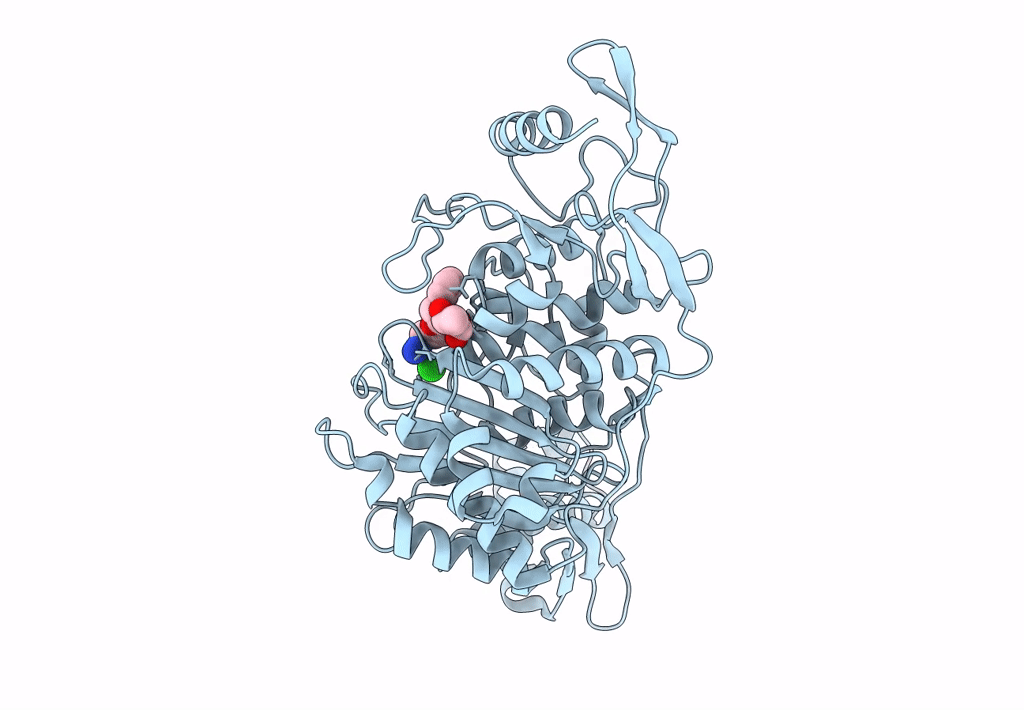
Deposition Date
2022-05-12
Release Date
2022-11-02
Last Version Date
2024-10-23
Entry Detail
PDB ID:
7ZUL
Keywords:
Title:
PENICILLIN-BINDING PROTEIN 1B (PBP-1B) in complex with 8Az lactone - Streptococcus pneumoniae R6
Biological Source:
Source Organism:
Streptococcus pneumoniae R6 (Taxon ID: 171101)
Host Organism:
Method Details:
Experimental Method:
Resolution:
1.74 Å
R-Value Free:
0.20
R-Value Work:
0.18
Space Group:
C 2 2 21


